Dr Nial Moores, Birds Korea, January 28th 2021
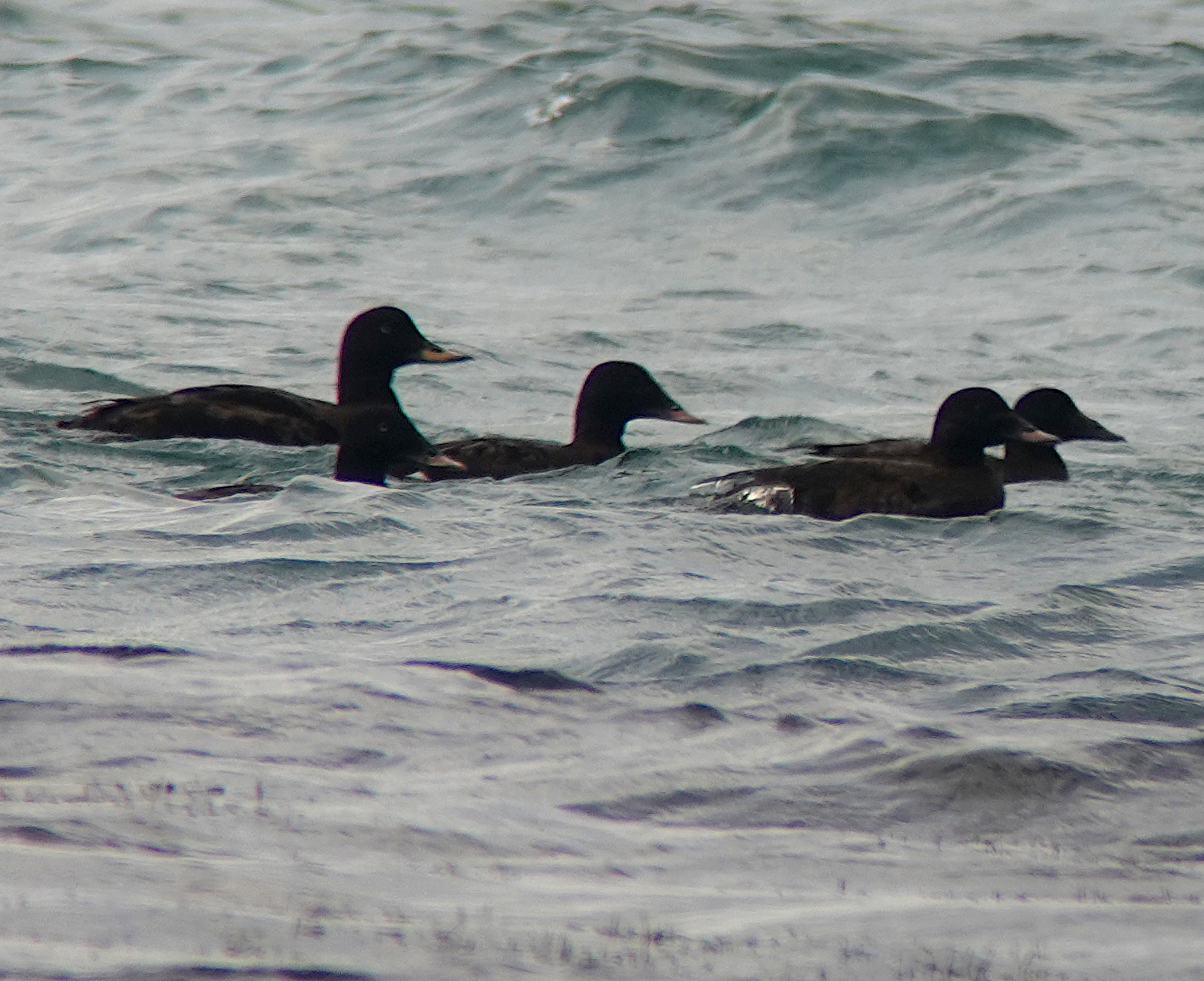
Three species of scoter with white feathering on the inner wing are now recognised by leading checklists: Stejneger’s Scoter Melanitta stejnegeri 검둥오리사촌 which winters along the eastern seaboard of Eurasia, including in declining numbers along the east coast of the Korean Peninsula, and locally in the Yellow Sea; White-winged Scoter M. deglandi, primarily a North American breeding and wintering species; and the globally Vulnerable Velvet Scoter M. fusca, a species which winters along the coasts of Western Europe South to Northern Mediterranean; also Black and Caspian Seas (Carboneras et al. 2020).
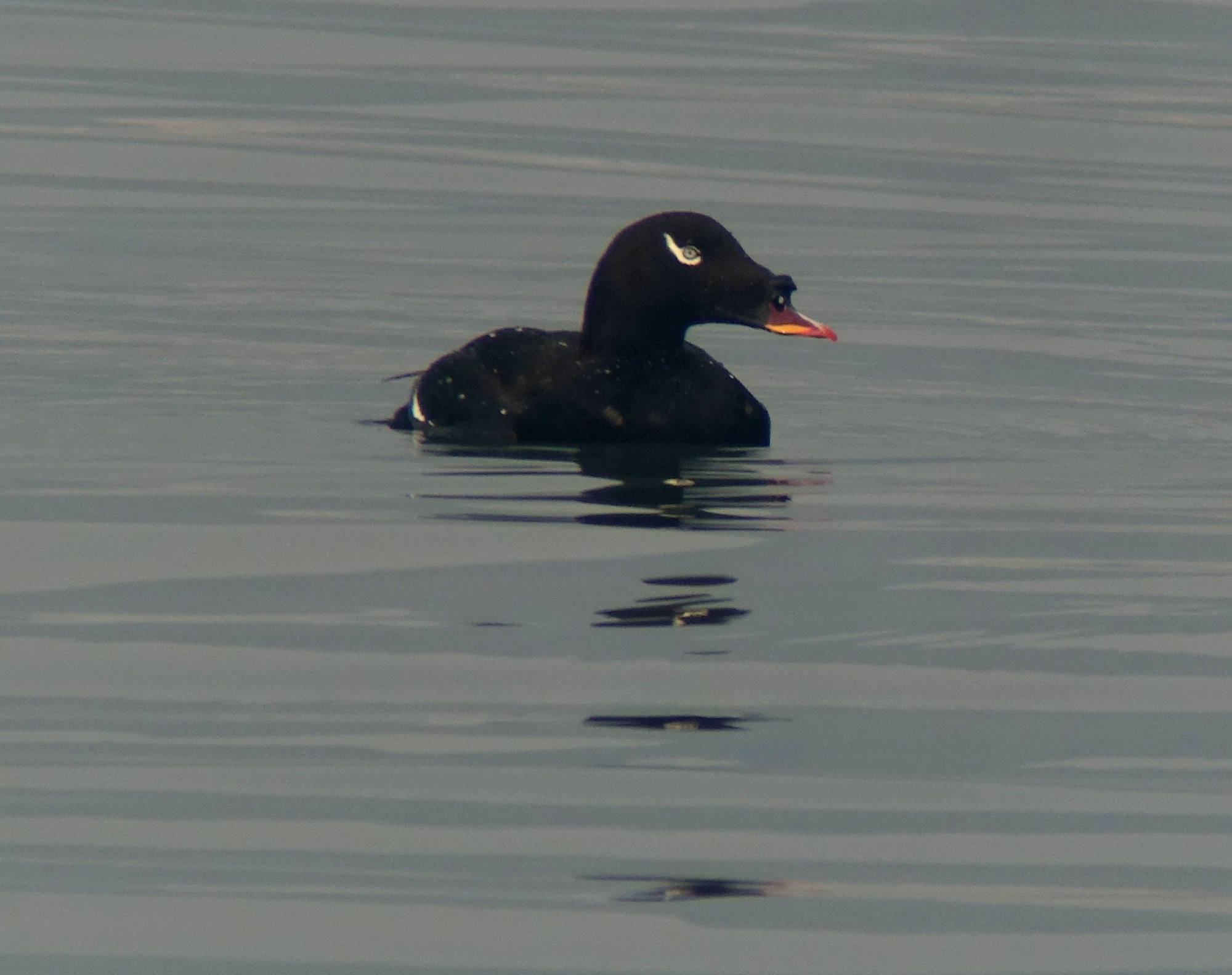


Identification of these species is challenging, especially as birds are often distant and in rolling seas, seldom allowing long looks. As outlined in the pioneering and must-read article in the February 2014 edition of Birdwatch by the late and great Martin Garner, identification to taxon needs to be based on a combination of head and bill shape, including differences in feathering at the base of the bill (males and females); bill pattern in males; and some (very) subtle plumage features, mostly in males.
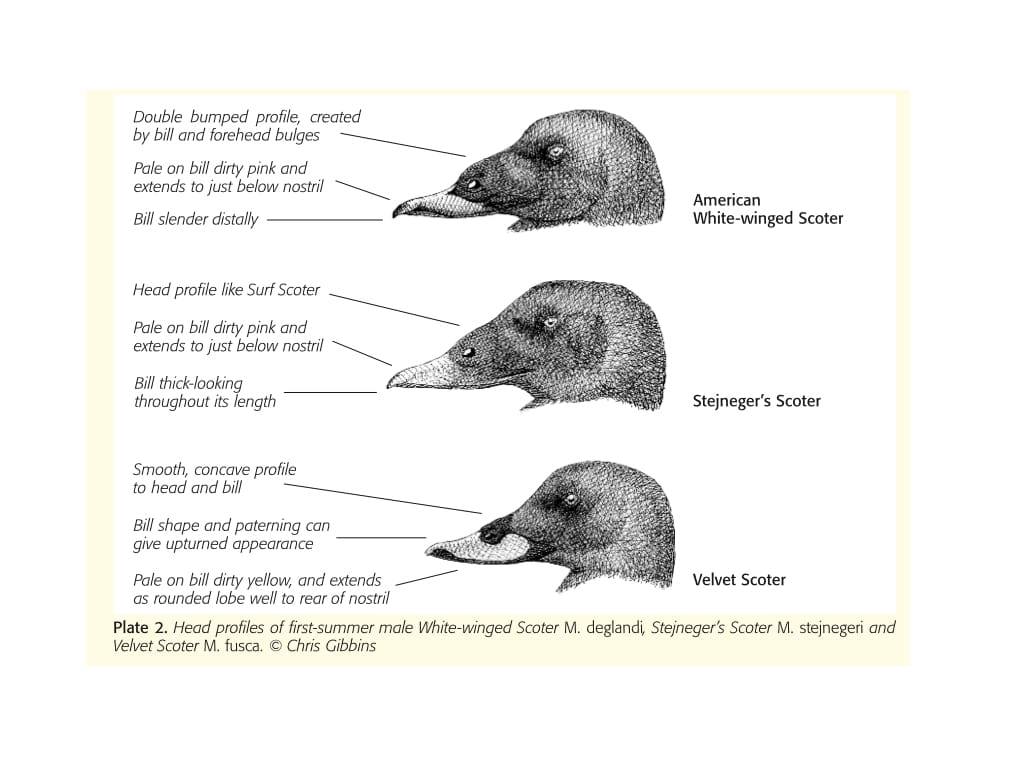
Thanks to the work of Martin Garner and subsequent ID articles, it is now known that all three of these scoter species are prone to vagrancy, with e.g., recent records of Stejneger’s and White-winged in Europe; of Stejneger’s in North America; and of White-winged in Japan (with stunning images on eBird). There is also at least one and more likely two records of Velvet Scoter from PR China, with one photographed in Shanghai in early 2020 (images on eBird), and (via Yann Muzika), some sight records in Hokkaido, Japan, perhaps not yet supported with images.
It is therefore always worth checking flocks of scoters carefully. Not only are they extraordinarily beautiful; there is also the chance of a surprise find as we discovered in Rason one visit, when we found an adult male Surf Scoter: exciting and helpful in building a clearer picture of distribution.
To that background, on January 25th 2021, as part of some research on birds and their habitats and on amphibians, I was on the east coast near Pohang with Birds Koreans Dr Amaël Borzée and Drs David Farr and Elizabeth Skakoon. Scoping a flock of 55 immature and female-type Stejneger’s Scoter in the enduring hope of a White-winged or Velvet Scoter, one bird looked to show obvious yellow on the bill. Views were challenging because of harsh light, a heavy sea swell and because the birds were diving frequently. This meant that the birds were in and out of sight, constantly moving. Moreover, we were all massively distracted by a stunning First-winter Relict Gull striding down the beach in front of us. I mentioned the odd yellow on the bill (perhaps an artefact of light conditions, or worse still, of an over-active imagination?) and took a very quick series of disgiscope images of the relevant part of the flock. Unfortunately, I had no chance to check the images until late that evening, because my camera’s battery was near-exhausted.
The images confirm that the bird had yellow on the bill. The colour was not an artefact of sunlight and angle. Indeed, much of the bill was yellow, with this yellow reaching far back beyond the nostril. Remarkably too, the head and bill shape looked steep; and the bill was slender (and looked almost up-turned). This was a Velvet Scoter – perhaps the first one knowingly seen in Korea!
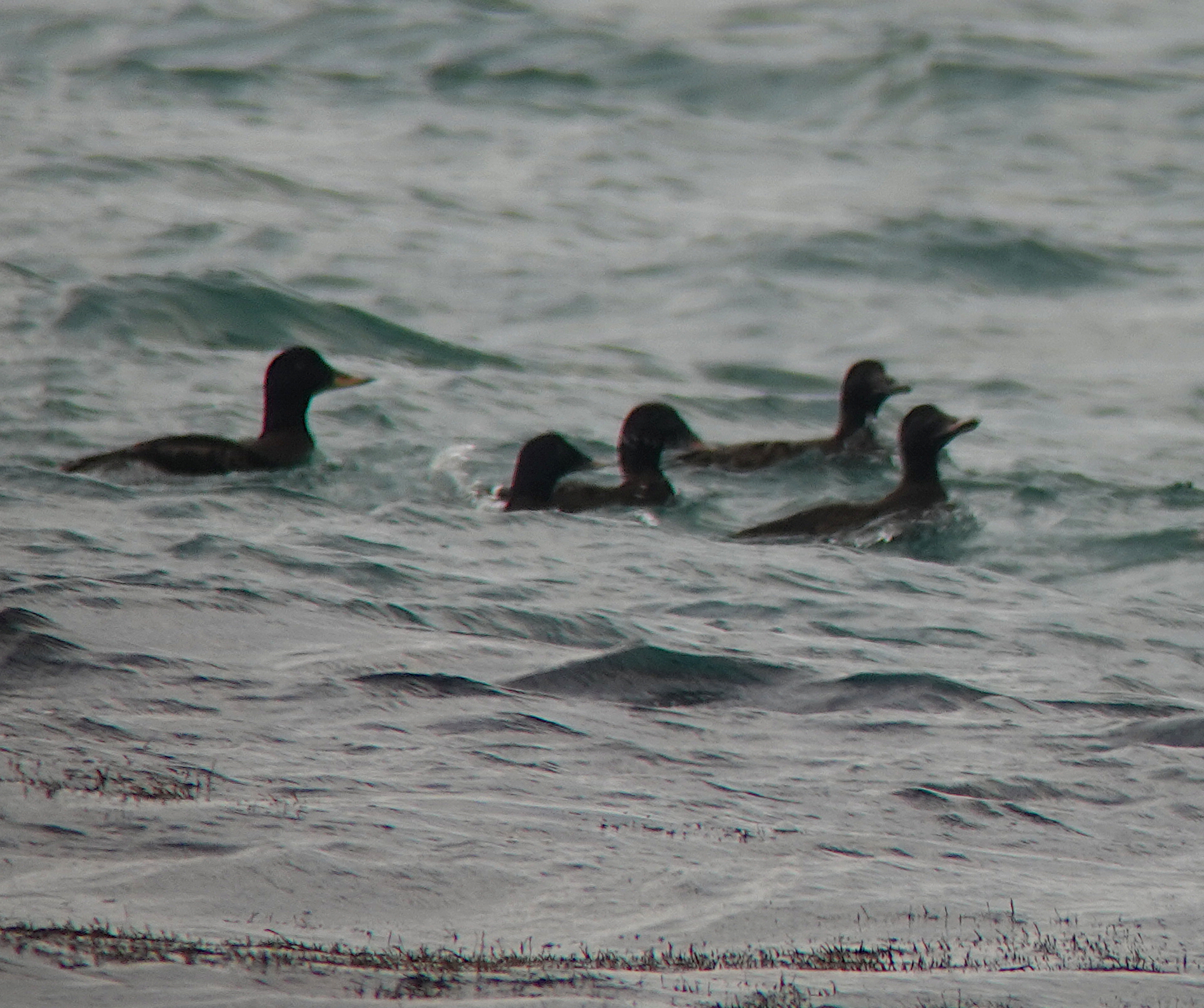
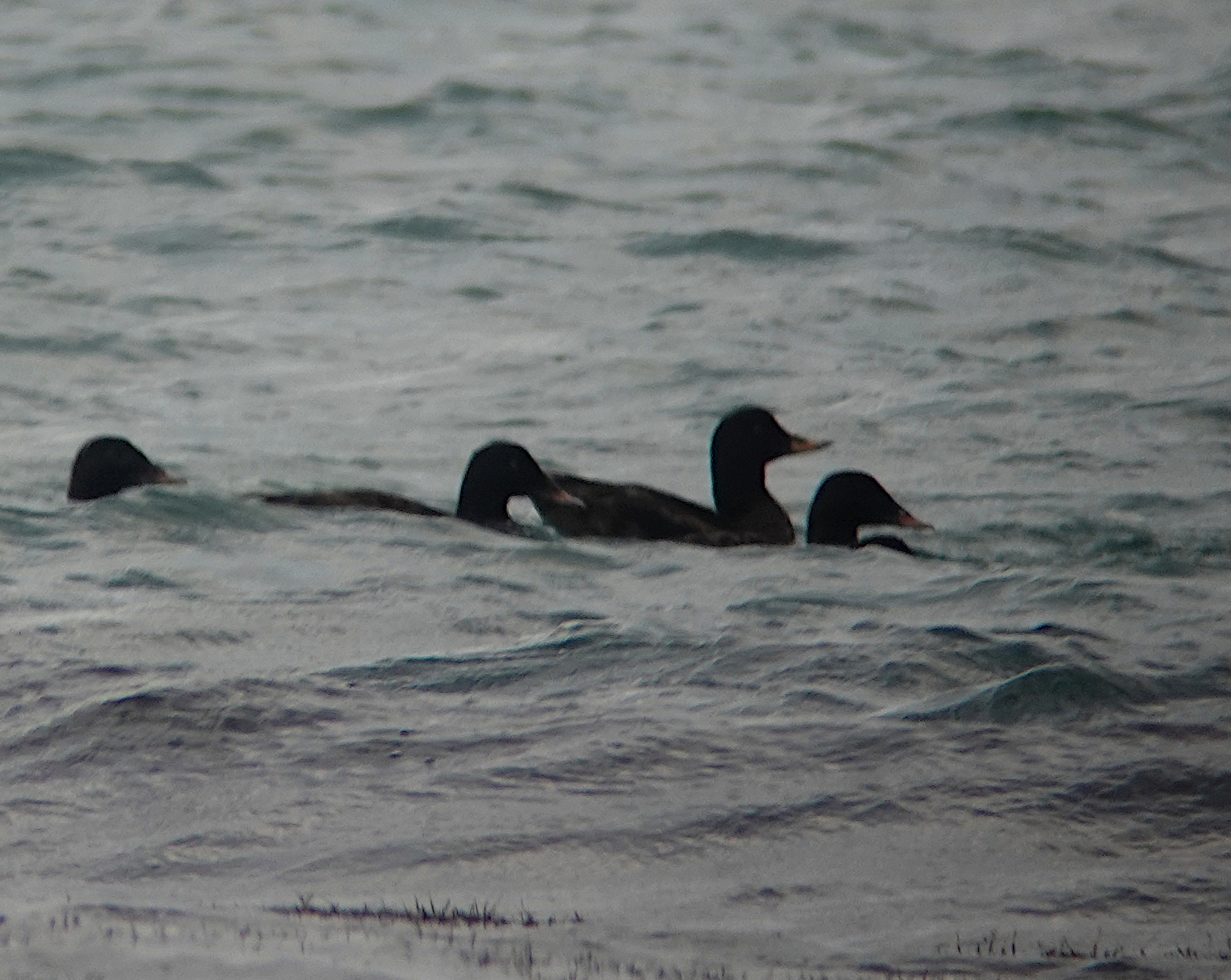
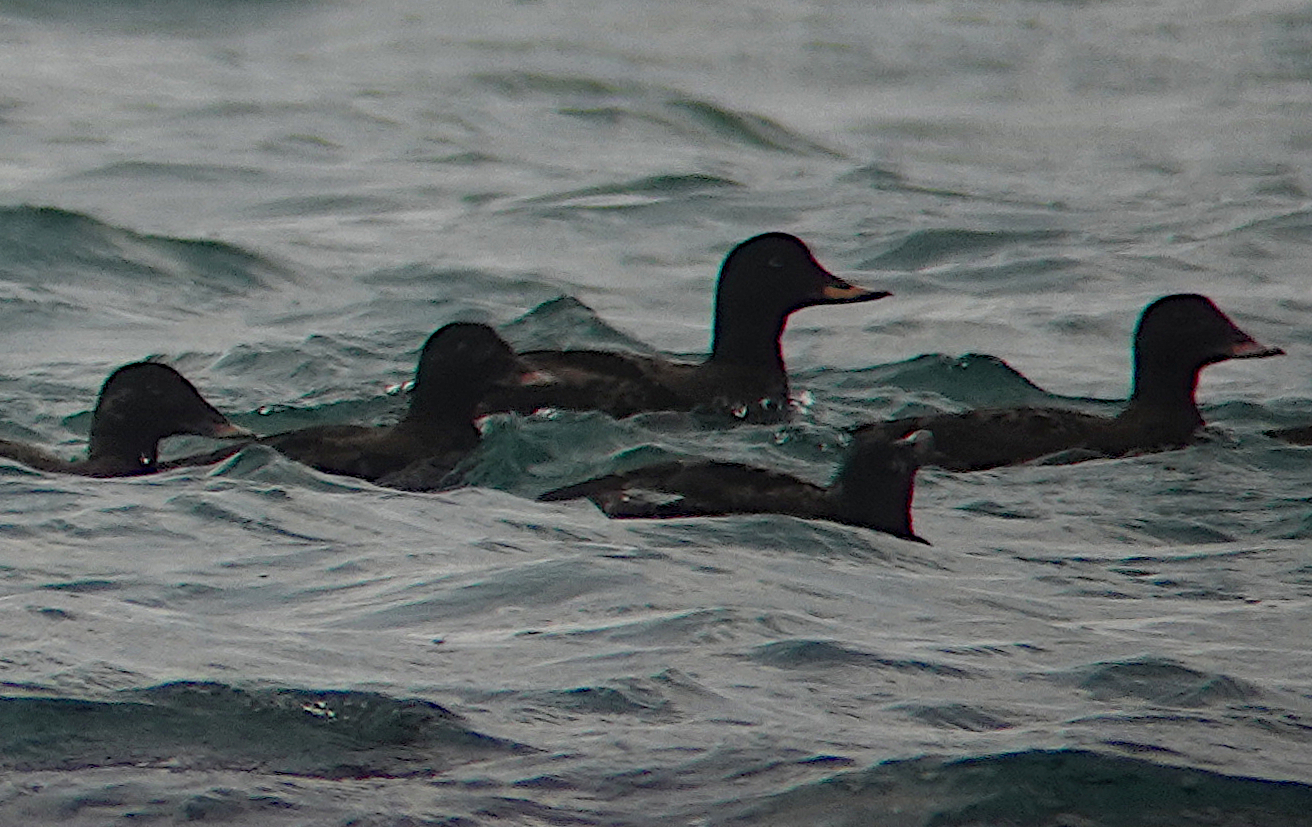
Sharing of images online (including with the Facebook group, Global Rare Bird Alert) helped provide additional expert support for the identification, and to learn about recent records from easternmost Asia, included those mentioned above (thank you everybody!).
This note is now posted online to help birders find the Pohang Velvet Scoter (and to search for Korea’s first White-winged!). Information would have been shared online even more quickly, but was delayed a few days because of concerns of possible disturbance that might be caused by visiting bird photographers – as at some recent twitches. If visiting the site, please, please put the welfare of wildlife first at all times – including all gulls and ducks that are present at the site. Please keep your distance, and try to avoid causing the birds any stress. As all Birds Korea members agree, we birders really need to part of the conservation solution and not the problem. Thank you!
Reference
Carboneras, C., G. M. Kirwan, and C.J. Sharpe (2020). Velvet Scoter (Melanitta fusca), version 1.0. In Birds of the World (J. del Hoyo, A. Elliott, J. Sargatal, D. A. Christie, and E. de Juana, Editors). Cornell Lab of Ornithology, Ithaca, NY, USA. https://doi.org/10.2173/bow.whwsco3.01

